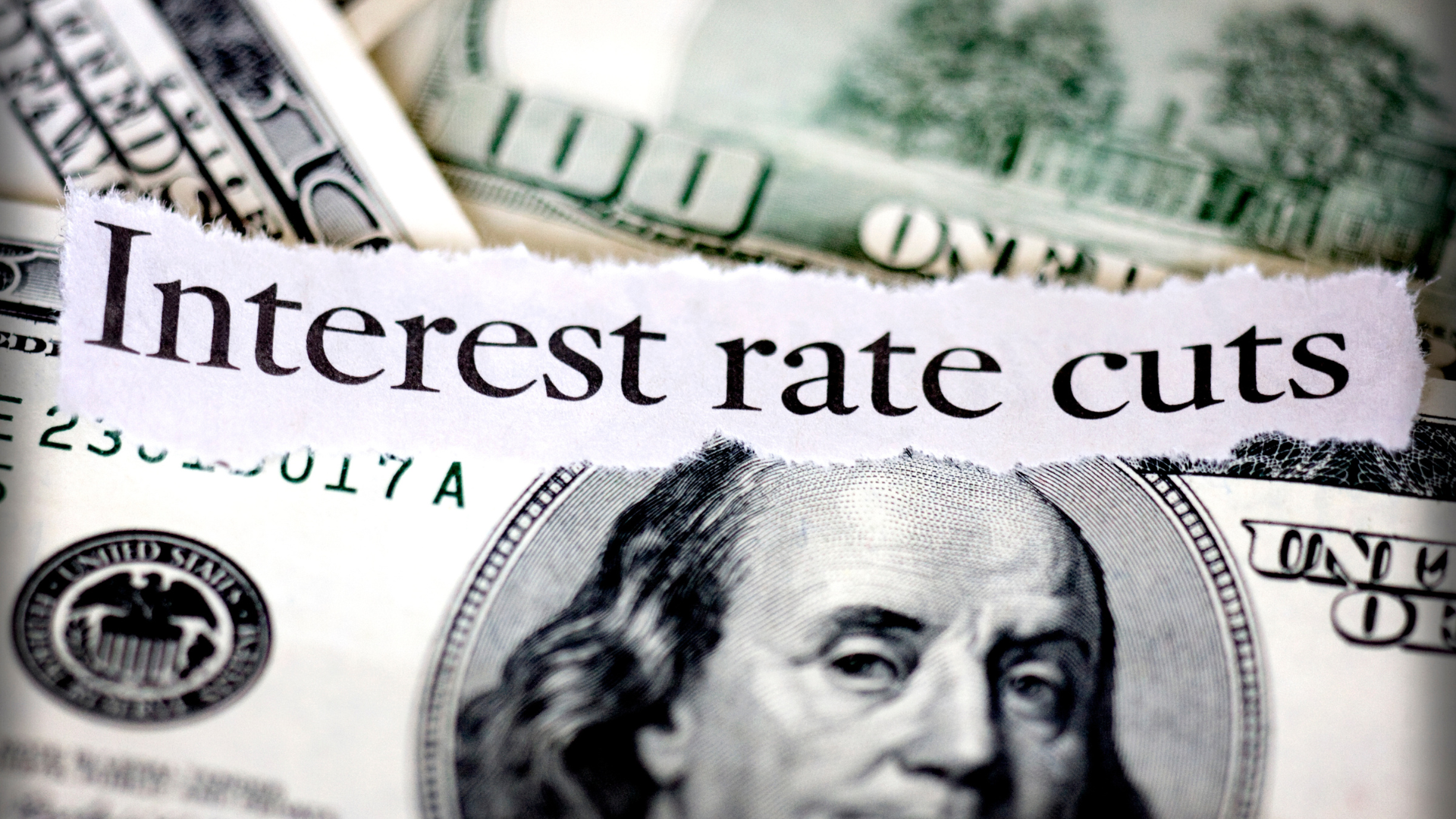The Federal Reserve is poised to deliver its third consecutive interest rate cut this year as it grapples with persistent economic uncertainties. Analysts predict that the central bank’s decision, expected during its upcoming policy meeting, reflects ongoing concerns about inflationary pressures and labor market dynamics. The move could lower the federal funds rate by another 25 basis points, signaling a sustained effort to support economic growth amid lingering market volatility.
Officials remain divided on the necessity of continued rate cuts, with hawkish members urging caution as inflation shows signs of stabilizing. Still, Fed Chair Jerome Powell has underscored the importance of adapting monetary policy to maintain economic resilience. Markets have largely priced in the expected rate cut, with yields on government bonds dipping slightly ahead of the announcement, and equity markets rallying on the prospect of cheaper borrowing costs.
Critics argue that the central bank’s rapid easing measures could fuel asset bubbles, potentially destabilizing financial markets in the long term. Despite this, the Fed’s commitment to flexibility in navigating complex economic signals has been widely welcomed by business leaders. The broader impact of successive rate cuts will likely hinge on whether inflation accelerates or broader economic indicators deteriorate further in 2024.
While the rate cut is anticipated to ease conditions for borrowers, the Fed’s forward guidance will be critical in shaping expectations. Powell’s remarks on economic growth, inflation, and labor markets could offer a clearer picture of the central bank’s next steps. Investors and policymakers alike will be closely watching for signs of a pivot in strategy as the Fed weighs the fine balance between sustaining growth and curbing inflationary risks.
















